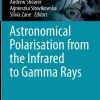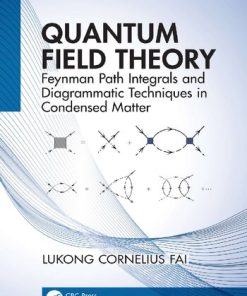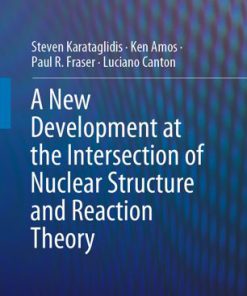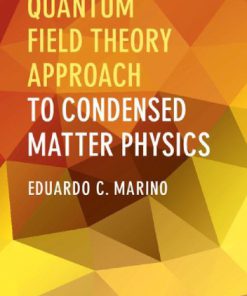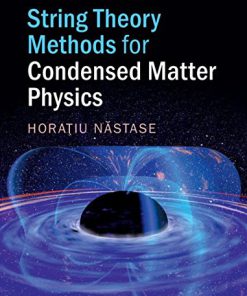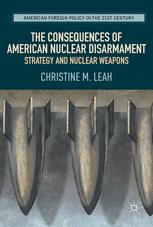Nuclear Matter Theory 1st Edition by Omar Benhar, Stefano Fantoni ISBN 1032239751 9781032239750
$50.00 Original price was: $50.00.$25.00Current price is: $25.00.
Nuclear Matter Theory 1st Edition by Omar Benhar, Stefano Fantoni – Ebook PDF Instant Download/Delivery: 1032239751, 978-1032239750
Full dowload Nuclear Matter Theory 1st Edition after payment
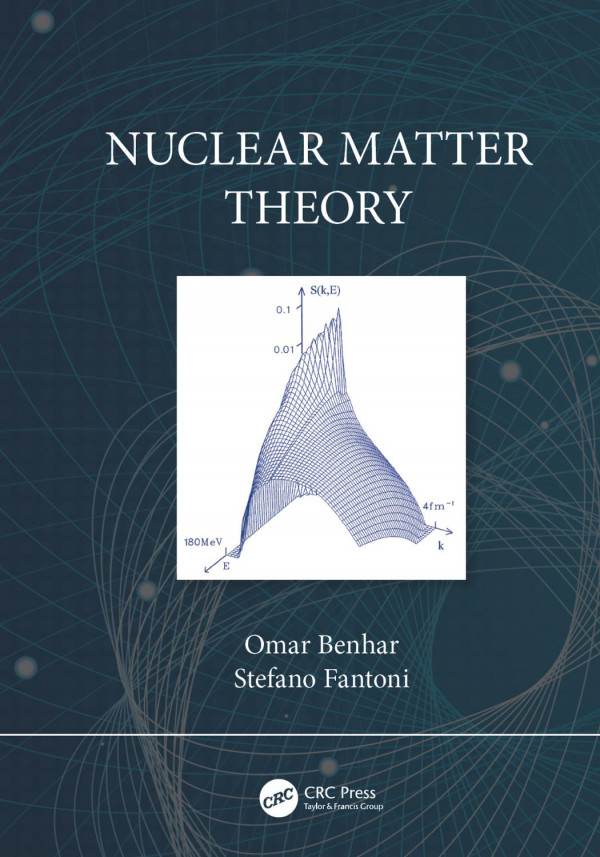
Product details:
ISBN 10: 1032239751
ISBN 13: 978-1032239750
Author: Omar Benhar, Stefano Fantoni
Authored by two of the most respected experts in the field of nuclear matter, this book provides an up-to-date account of developments in nuclear matter theory and a critical comparison of the existing theoretical approaches in the field.
It provides information needed for researchers working with applications in a variety of research fields, ranging from nuclear physics to astrophysics and gravitational physics, and the computational techniques discussed in the book are relevant for the broader condensed matter and quantum fluids community.
- The first book to provide an up-to-date and comprehensive overview of nuclear matter theory
- Authored by two world-leading academics in this field
- Includes a description of the most advanced computational techniques and a discussion of state-of-the art applications, such as the study of gravitational-wave emission from neutron stars
Nuclear Matter Theory 1st Table of contents:
Chapter 1: Introduction
- 1.1 Nuclear Matter in Atomic Nuclei
- 1.2 Nuclear Matter in Neutron Stars
Chapter 2: Nuclear Dynamics
- 2.1 The Paradigm of Many-Body Theory
- 2.2 Empirical Facts On Nuclear Forces
- 2.3 Phenomenological Potentials
- 2.3.1 The Nucleon-Nucleon Potential
- 2.3.2 Three-Nucleon Forces
- 2.4 Boson-Exchange Potentials
- 2.5 Potentials Based On Chiral Lagrangians
Chapter 3: Nuclear Matter Properties
- 3.1 The Fermi Gas Model
- 3.1.1 Energy-Density and Pressure of the Degenerate Fermi Gas
- 3.1.2 Transition to the Relativistic Regime
- 3.1.3 Extension to Non-Zero Temperature
- 3.2 The Equation of State
- 3.2.1 Equation of State of Cold Nuclear Matter
- 3.2.2 Symmetry Energy
- 3.2.3 Pressure
- 3.3 Single-Nucleon Properties
- 3.3.1 Green’s Function and Spectral Function
Chapter 4: Nuclear Matter Theory
- 4.1 The Mean-Field Approximation
- 4.1.1 Limits of the Mean-Field Approximation
- 4.2 Renormalisation of the NN Interaction
- 4.3 G-Matrix Perturbation Theory
- 4.4 The Jastrow Variational Approach
- 4.4.1 Cluster Expansion
- 4.4.2 Kinetic Energy
- 4.4.3 Low-Order Variational Calculation of Nuclear Matter Energy
- 4.5 Advanced Perturbative Methods
- 4.5.1 Coupled Cluster Method
- 4.5.2 Self-Consistent Green’s Function Method
- 4.6 Monte Carlo Methods
- 4.6.1 Variational Monte Carlo
- 4.6.2 Auxiliary Field Diffusion Monte Carlo
- 4.7 Relativity
- 4.7.1 Boost Corrections to the Nucleon-Nucleon Potential
- 4.7.2 Dirac-Brueckner Formalism
- 4.7.3 Relativistic Mean-Field Approximation
Chapter 5: Advanced Variational Methods
- 5.1 Correlated Basis Functions Theory
- 5.2 Hyper-Netted-Chain Summation Scheme
- 5.2.1 Fermi Hyper-Netted Chain
- 5.2.2 RFHNC Equations
- 5.3 Extension to Spin-Isospin Dependent Correlations
- 5.3.1 Diagrammatic Rules
- 5.3.2 RFHNC/SOC Approximation
- 5.3.3 Determination of the Correlation Functions
- 5.3.4 Applications to the Study of Nuclear Matter Properties
- 5.4 CBF Effective Interaction
Chapter 6: Neutron Stars
- 6.1 Neutron Star Formation
- 6.2 Neutron Star Structure
- 6.2.1 Crust Region
- 6.2.2 Core Region
- 6.3 Equation of State of Neutron Star Matter
- 6.4 Hydrostatic Equilibrium
- 6.4.1 The Equations of Tolman, Oppenheimer, and Volkoff
Chapter 7: Constraints from Astrophysical Data
- 7.1 Measurements of Mass and Radius
- 7.2 Neutrino Emission and Cooling
- 7.3 Gravitational-Wave Observations
- 7.3.1 Neutron Star Merger
- 7.3.2 Quasi-Normal Modes
People also search for Nuclear Matter Theory 1st:
effective field theory for nuclear matter
what is nuclear theory
nuclear utility theory
a nuclear theory of matter
You may also like…
History & Research
How Matter Becomes Conscious: A Naturalistic Theory of the Mind Jan Faye
Fiction - American Fiction
Politics & Philosophy - Warfare & Defence
Religion & Spirituality - Islam
Allah Loves 1st edition by Omar Suleiman 1847741355 978-1847741356


